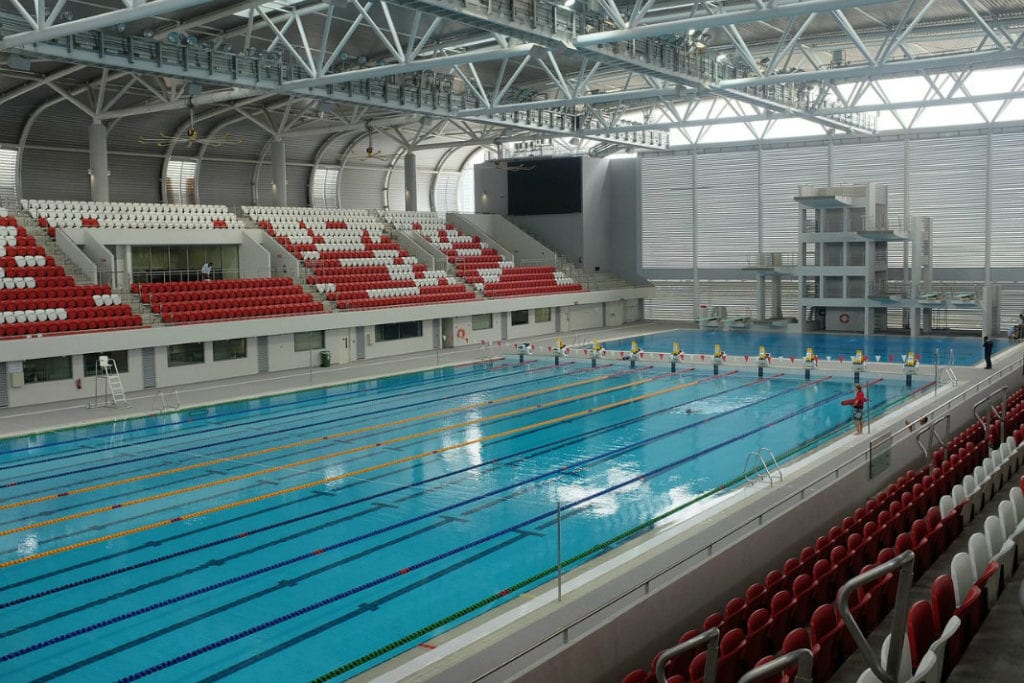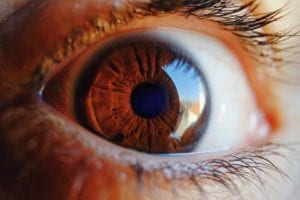When 38-year-old Shereen-Fay Griffin went to the local swimming pool, she was hoping for some fun and relaxation. Instead, she contracted a rare but serious infection that left her blind in one eye.
Shereen-Fay Griffin’s Story
At first, Griffin wasn’t aware that she had contracted acanthamoeba keratitis (AK); in fact, it wasn’t even on her mind. Instead, when Griffin’s eye became sore and itchy, she figured that it was just irritated. But her symptoms worsened. She was fatigued and in pain. Every time she closed her eyes, they felt scratchy and uncomfortable. She tried taking oral antibiotics but the symptoms didn’t budge.
Later, doctors diagnosed Griffin with an ocular herpes simplex infection—but that didn’t feel right to her, nor did the eye drops and steroids work in relieving her symptoms. About 2.5 months later, Griffin’s condition once again worsened, with her sight disappearing in her left eye and extreme pain.
Finally, after a visit to the hospital, Griffin received the correct diagnosis—acanthamoeba keratitis. However, it was too late to save her eyesight. And, perhaps even more upsettingly, doctors told her that the eye drops she was given had actually worsened her condition. The steroids had strengthened the acanthamoeba, making it treatment-resistant.
While Griffin is on the path to recovery, she still grapples with a lot of pain, aching, eye dryness and itchiness, and light sensitivity. Doctors have told her that she could undergo a corneal transplant, but that it might not be effective.
In sharing her story, Griffin hopes to share not just the impact of medical neglect on patients, but the symptoms and impact of acanthamoeba keratitis so that others can take the necessary precautions to prevent infections.
About Acanthamoeba Keratitis (AK)
First recognized in 1973, acanthamoeba keratitis is a rare eye infection that is caused by species of acanthamoeba such as A. castellanii and A. polyphaga. Acanthamoeba is one of the most common environmental microorganisms and is found in lakes, oceans, soil, and air. In most cases, it does not cause infection but can be very serious when it does. While infections can occur from exposure to pool or lake water, it is most common in contact lens wearers. Symptoms of AK may include:
- Eye redness and pain
- Excessive tearing
- Light sensitivity
- Blurry vision
- Feeling like something is stuck in the eye
AK can be difficult to treat. Treatment often involves a variety of prescription medications and, in some cases, surgical intervention. If you believe that you have acanthamoeba keratitis, please speak with your doctor immediately.







